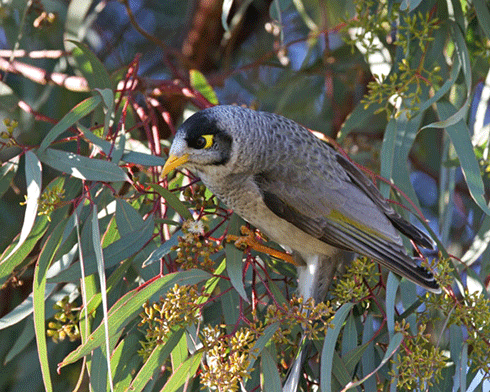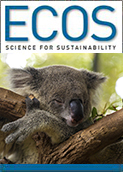
|
Published: 28 July 2014
Backyard bird baths under scrutiny
Australians are being asked to take time out to record activity in their backyard bird baths, in a new citizen science project from BirdLife Australia.

|
|
Noisy miners and house sparrows are likely to be among the top birds recorded in the Bathing Birds citizen science project. Credit: BirdLife Australia
|
Birds in Backyards, an initiative of BirdLife Australia, is partnering with the National Parks Association of NSW and the University of Sydney to run ‘Bathing Birds’ – a citizen science survey that has participants recording activity in birdbaths in their backyards.
The project was initially open only to NSW residents, but a high level of interest from outside NSW has persuaded the organisers to extend the survey to all Australian states.
Participants are asked take at least 20 minutes each week in winter and summer to monitor their birdbath and record which birds are visiting it.
The aim is to explore which birds are using birdbaths, how activity changes between seasons and how gardening habitats influence which birds are present. The winter Bathing Birds survey starts on Friday the 27th of June 2014 and finishes on Sunday the 27th of July. The summer survey will run in January 2015.
Participants are asked to complete a short multiple choice survey about their garden and birdbath on registration. Questions include questions about the different types of birdbaths people use, such as pedestal baths, hanging baths and even saucepans and pots. The organisers are interested in finding out if there is a preference for a particular type. They also want to know how garden structure and types of plants influence what birds visit. For example, research has found that nectar-feeding (e.g. honeyeaters) birds appear to be more common in gardens that have prolific-flowering plants (e.g. Grevillea species) while many insect-eaters (e.g. superb fairy-wrens) may be at a disadvantage. However there is currently a shortage of data supporting these ideas.
Registration is through the Bathing Birds website.
Source: BirdLife Australia



